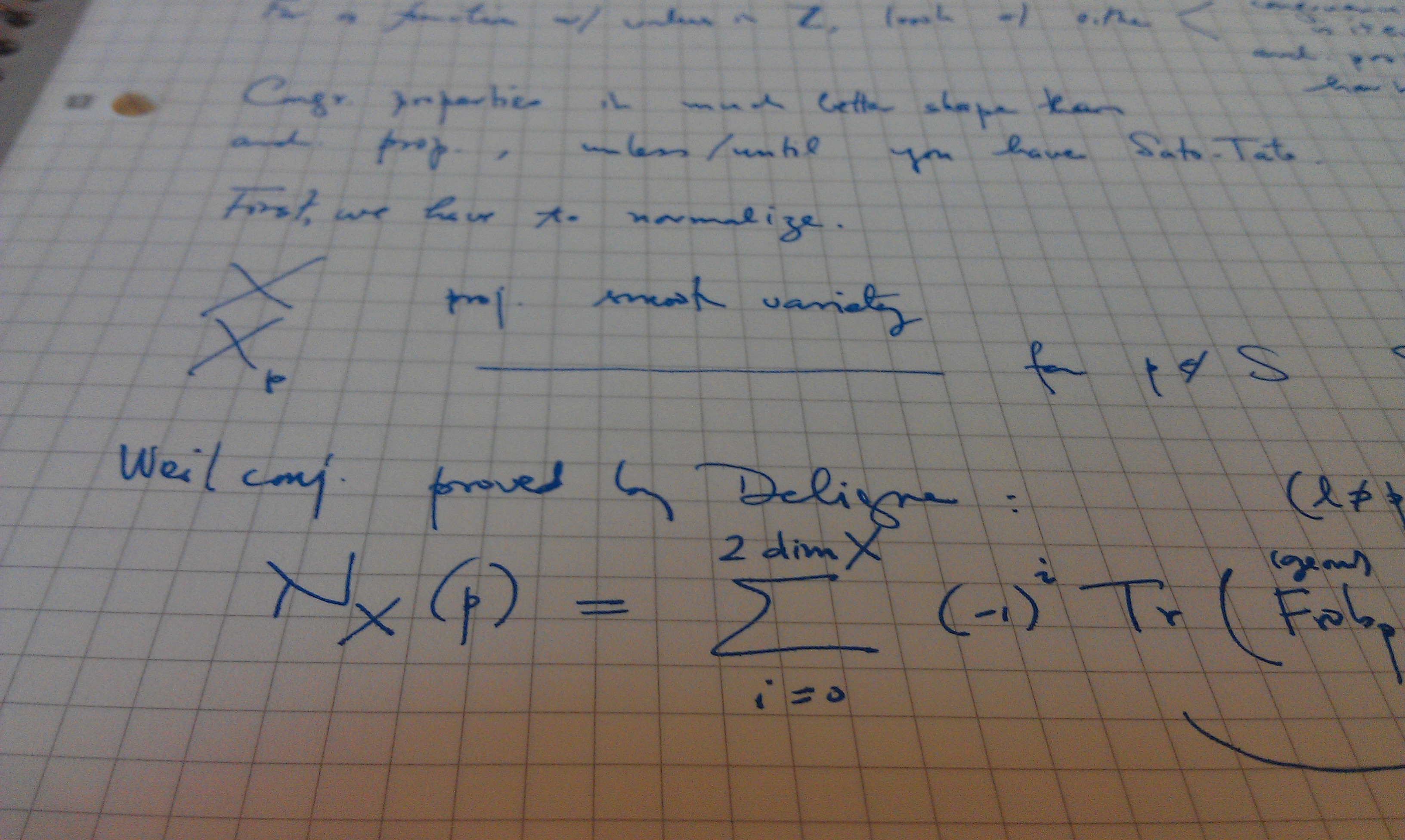Publication Date
2022
Journal or Book Title
arXiv Preprint
Abstract
We explore a case example of networks of classical electronic oscillators evolving towards the solution of complex optimization problems. We show that when driven into subharmonic response, a network of such nonlinear electrical resonators can minimize the Ising Hamiltonian on non-trivial graphs such as antiferromagnetically coupled rewired-M{ö}bius ladders. In this context, the spin-up and spin-down states of the Ising machine are represented by the oscillators' response at the even or odd driving cycles. Our experimental setting of driven nonlinear oscillators coupled via a programmable switch matrix leads to a unique energy minimizer when one such exists, and probes frustration where appropriate. Theoretical modeling of the electronic oscillators and their couplings allows us to accurately reproduce the qualitative features of the experimental results. This suggests the promise of this setup as a prototypical one for exploring the capabilities and limitations of such an unconventional computing platform.
DOI
https://doi.org/10.48550/arXiv.2204.00153
License
UMass Amherst Open Access Policy
Recommended Citation
English, L. Q.; Zampetaki, A. V.; Kalinin, K. P.; Berloff, N. G.; and Kevrekidis, Panayotis G., "An Ising machine based on networks of subharmonic electrical resonators" (2022). arXiv Preprint. 1333.
https://doi.org/10.48550/arXiv.2204.00153
